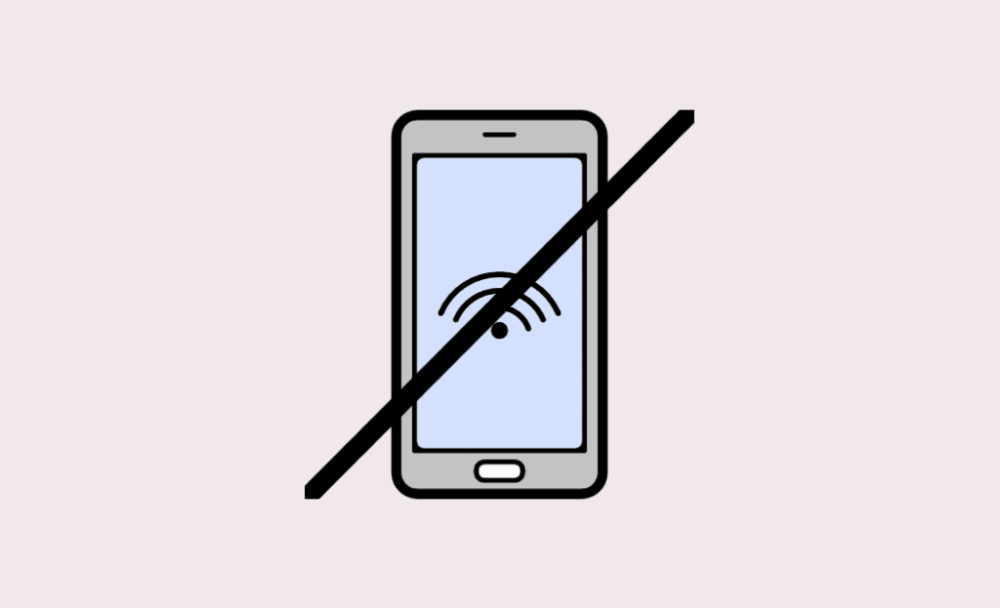How Hackers Can Ruin Your Life Through 4G LTE Vulnerabilities
Researchers from Purdue University and the University of Iowa have discovered 10 new ways to hack 4G LTE networks. Using these methods, hackers can connect to the network as another user, spoof message senders and device location data, and even force other people’s phones offline. Here’s a brief overview of what the researchers found.
According to Bleeping Computer, the researchers have only published descriptions of the issues so far and have not released technical details, as they are waiting for the vulnerabilities to be fixed.
What Are the Three Main Types of Attacks Discovered?
The attacks target different protocols used by 4G LTE mobile networks worldwide:
- Attach – the protocol for connecting a device to the network
- Detach – the protocol for disconnecting a device from the network
- Paging – the protocol used for sending system information to devices
To find and test these vulnerabilities, the researchers built a test setup using inexpensive radio receivers, open-source LTE software, and a tool called LTEInspector, which they have made available on GitHub.
1) What Can Be Done Through Attach Protocols?
- Disable services
- Leak location information
- Cause denial of cellular services
- Read another user’s messages
- Alter the device’s location history
2) What Can Be Done Through Paging Protocols?
- Disable certain services
- Disconnect users from the network
- Send fake alerts about disasters or terrorist attacks
- Drain the device’s battery
3) What Can Be Done Through Detach Protocols?
- Reduce network speed to 2G/3G
What Is the Most Dangerous Type of Attack?
According to the researchers’ report, criminals could use these methods to create alibis for themselves. The most dangerous attack is the one that allows hackers to spoof the location data of a mobile device. Almost as dangerous is the ability to send fake emergency alerts, including warnings about natural disasters.



